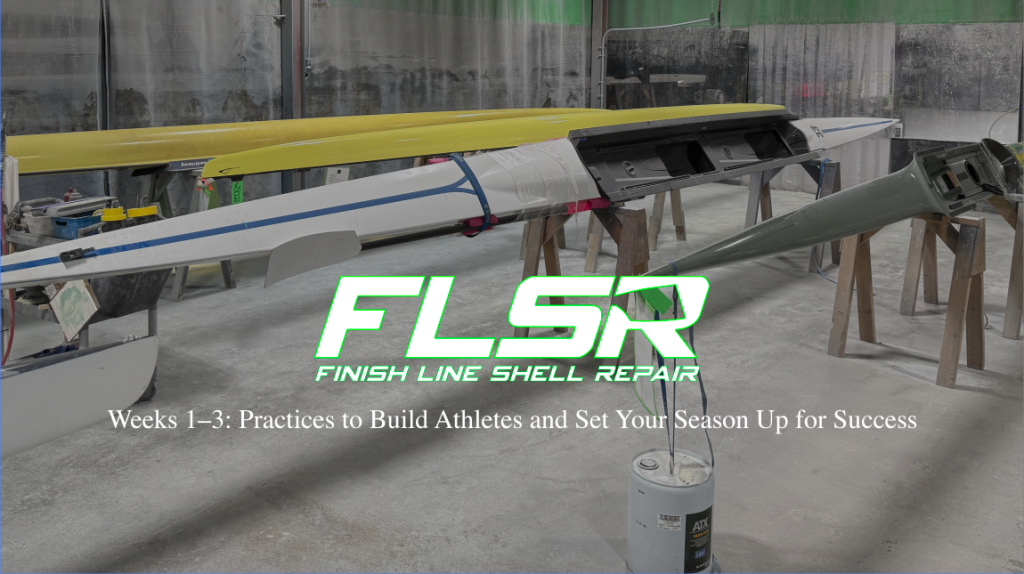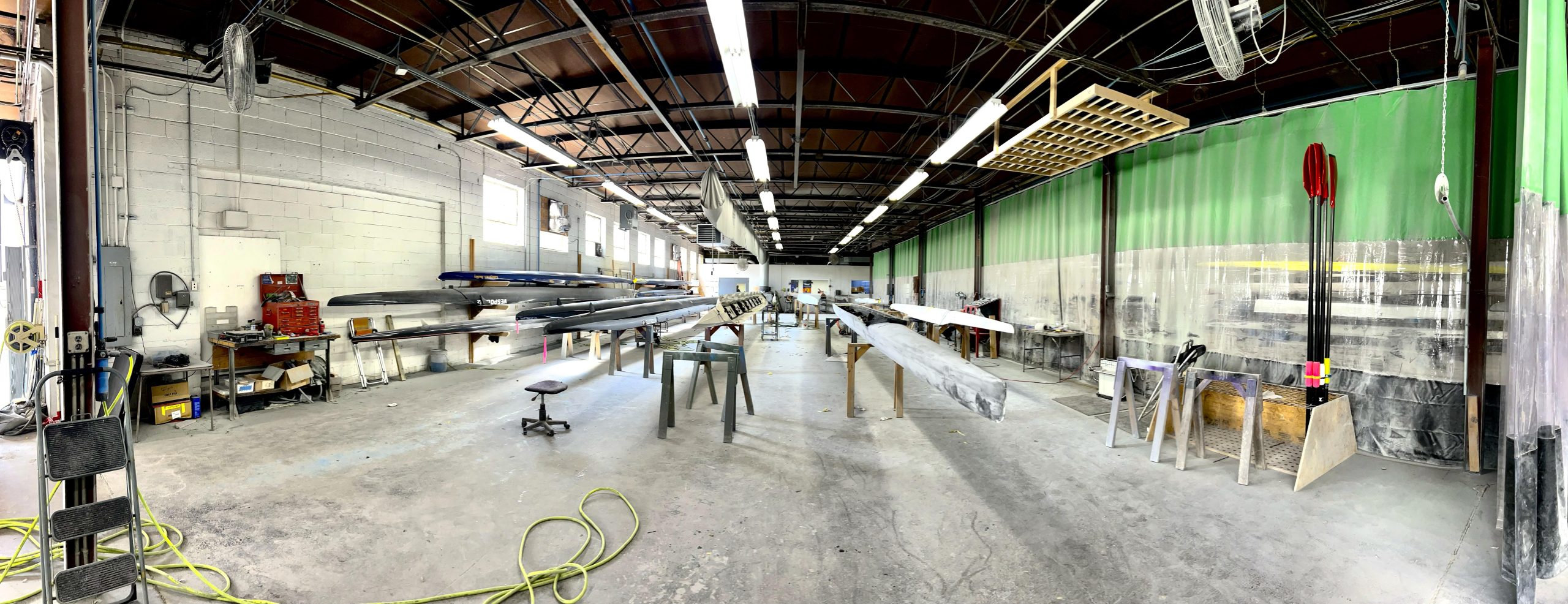
Weeks 1–3: Practices to Build Athletes and Set Your Season Up for Success
The first three weeks of fall can make or break a rowing season.
Here’s how to shape practices that build athletes, strengthen culture, and create long-term speed.
The first three weeks of practice are more than just “getting back on the water.” They set the tone for the year. Habits formed now, technical, physical, and cultural, ripple through the entire season.
Strong programs use this window to develop athletes; sharpening skills, building fitness safely, and unifying the team.
Weak programs chase early volume, ignore fundamentals, and spend spring fixing what went wrong in September.
1. Lead With Fundamentals, Not Mileage
Early practices should be short, focused, and technical. Reinforce clean catches, steady rhythm, and efficient posture before worrying about distance. Athletes who master fundamentals in September race more efficiently in May.
2. Build Culture Before Speed
Culture is your most powerful training tool. Use weeks 1–3 to set standards: punctuality, effort, attitude, and how athletes respond to mistakes. Make it clear, being a good teammate is just as important as being a strong rower. Programs that do this create resilience and trust that lasts all season.
3. Mix Lineups to Develop Depth
Rotate athletes through different seats and different boats. This develops versatility and helps identify hidden talent. When everyone feels valued in September, your program rows deeper in the spring.
4. Introduce Strength and Conditioning Gradually
Avoid the trap of overloading athletes too soon. Start with core work, bodyweight training, and technique on the erg. Layer in intensity week by week. A gradual build keeps athletes healthy and hungry, and reduces injury risk that derails seasons.
5. Empower Athletes With Ownership
Use early practices to teach athletes to take care of themselves and the equipment. Assign crews weekly checks on hulls, riggers, oars, and seats. This creates accountability and pride. When athletes care about their boats, they care more about their training.
6. Reflect, Review, Reset
Close every practice with 5 minutes of reflection: what did we do well, what needs work tomorrow? This habit develops self-awareness and creates a growth mindset across the team. Athletes who learn to self-correct develop faster and coaches spend less time fixing the same mistakes.
The Payoff of Early Adjustments
The first three weeks aren’t about chasing mileage, they’re about building athletes. Coaches who adjust practices to focus on fundamentals, culture, and accountability set their programs up for long-term success. The benefit is clear:
- Athletes develop faster.
- Teams stay healthier.
- Crews race stronger in the spring.
And don’t forget: athlete development goes hand-in-hand with equipment that works. Sticky seats, loose bolts, and tired hulls frustrate athletes and distract from training. If your first practices reveal boats that need more than a quick fix, Finish Line Shell Repair can help you restore your fleet so your athletes spend their time developing, not fighting equipment.
Book your refurbishment slot now and start the spring season with your athletes
And your boats — fully ready to perform.






